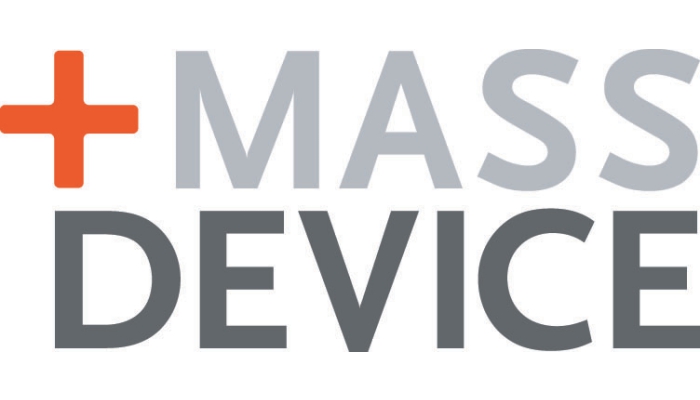In recent years, the landscape of breast cancer screening has dramatically evolved, ushering in the possibilities heralded by computer-aided mammograms (CAMs). These advanced technologies promise not only to enhance detection rates but to shift the paradigm of diagnostic imaging, making it an intriguing topic worthy of exploration.
The fundamental objective of computer-aided detection systems is to assist radiologists in identifying potential anomalies, specifically breast cancer, during mammographic examinations. Leveraging sophisticated algorithms and artificial intelligence, these systems are designed to sift through vast arrays of pixelated images, aiming to spotlight peculiarities that might elude the human eye. However, the promise of this technology raises significant questions about its efficacy and the implications for practitioners and patients alike.
A plethora of studies have emerged, some lauding the capabilities of CAMs while others express skepticism regarding their actual impact on breast cancer detection rates. On one hand, advocates argue that CAMs enhance radiologists’ performance, increasing sensitivity without notably affecting specificity. This assertion suggests that while CAMs may indeed highlight areas of concern, the real-world outcomes regarding mortality and morbidity remain under scrutiny. How much responsibility should be attributed to technology in the realm of life-saving diagnostics?
Moreover, the psychological dimension cannot be overlooked. For many women, the prospect of undergoing routine mammograms can be fraught with anxiety. The introduction of CAMs may offer a semblance of reassurance, as the prospect of a technologically enhanced examination cultivates an expectation of greater accuracy and reliability. This intersection of emotion and technology presents fascinating implications. If patients perceive that they are receiving an advanced level of care, how might this shift their engagement with routine screenings?
Yet, the road ahead is littered with complexity. As the industry integrates these systems into standard practice, a critical assessment of their effectiveness and the potential for overdiagnosis must occur. The precision of CAMs hinges considerably on the quality of the underlying data, as algorithms trained on biased information may yield skewed results. This risk emphasizes the need for rigorous validation and continuous improvement of these technologies.
In summation, while computer-aided mammograms spark optimism within the field of breast cancer screening, their journey is far from straightforward. They hold the potential to redefine detection processes, evoke emotional responses from those being screened, and catalyze a re-evaluation of diagnostic standards. As this technology continues to develop, the healthcare community must remain vigilant, ensuring that the prospects of innovation do not overshadow the principles of accuracy and patient safety. Thus, the dialogue surrounding computer-aided mammograms remains not merely a reflection of technological advancement but a crucial examination of what it means to prioritize health in a rapidly evolving landscape.
